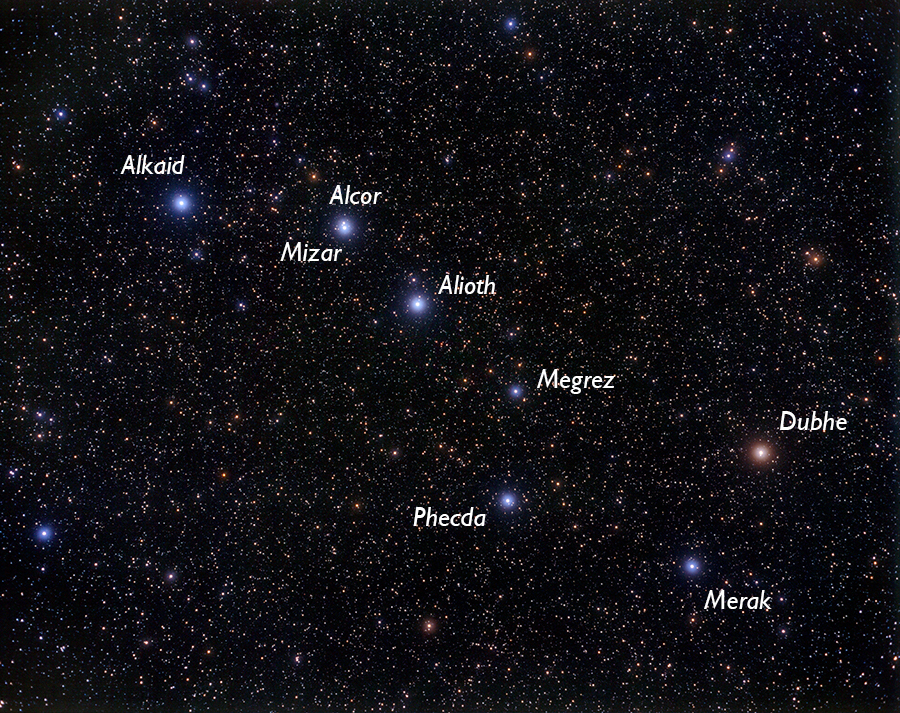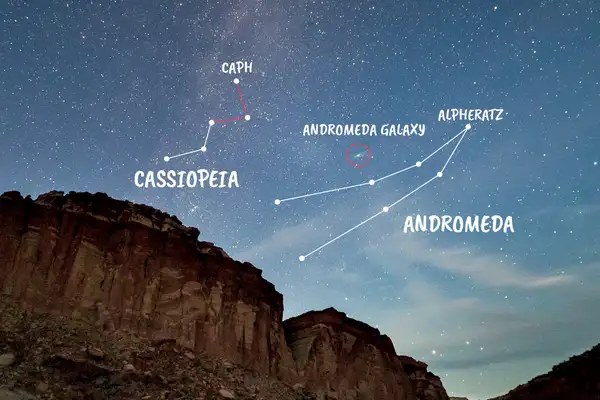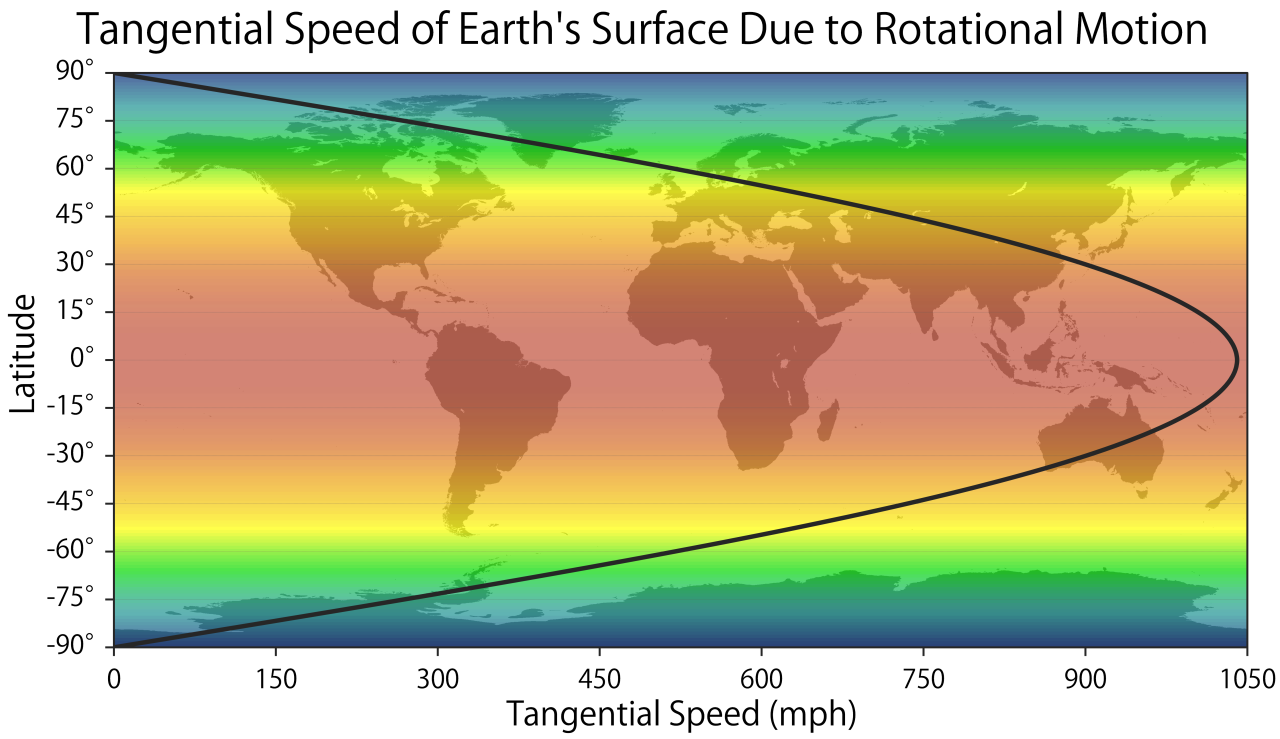70 Falmouth Street Portland, Maine 04103 43.6667° N 70.2667° W Altitude: 10 feet below sea level Founded January 1970 Julian Date: 2459340.18
2020-2021: CXXIII
THE DAILY ASTRONOMER
Wednesday, May 5, 2021
Amazing Astronomy Facts
A immensely pleasant and preternaturally cheerful fellow asked me yesterday to compile a list of what I consider to be amazing astronomy facts. And, because he is immensely pleasant and preternaturally cheerful, I was all too happy to oblige. Of course, this list turned out to be longer than I initially intended it to be, so I divided it into two articles.
LIGHT AND LIGHT YEAR
Imagine you have a laser pointer so horrifyingly powerful that the beam would wrap around the equator repeatedly. (Assume irrationally that the beam will also not hit anything or anyone during these rapid circumnavigations.) That light beam could complete 7 1/2 revolutions every single second.
Astronomers often measure stellar distances in light years, defined as the distance that a light beam, when moving through a vacuum, travels in one Earth year, a distance approximately equal to 5.8 trillion miles. Or, think of the matter this way. Please blink. Splendid. During the moment when you blinked, immense amounts of light left the "surfaces" of the three stars comprising the Alpha Centauri star system. At a distance of 4.3 light years, Alpha Centauri is the closest star to the Sun. A minuscule amount of the light the stars emitted when you blink will arrive at Earth in 4.3 years. For instance, I am writing this absurd paragraph on May 5, 2021. The light that left Alpha Centauri when I blinked will reach Earth in August, 2025!
Look at the Big Dipper:

The five "central stars," Alcor/Mizar, Alioth, Megrez, Phecda, and Merak, are all approximately 76 light years from Earth. If you observe these stars when you're 76, you'll be seeing them as they were the year you were born.
Regard the Andromeda Galaxy:

The Andromeda Galaxy, the largest member of the Local Group, is the closest major galaxy to the Milky Way. Approximately 2.2 million light years from the Milky Way, this spiral galaxy is the most distant celestial object visible to the unaided eye. From our perspective, it resembles a 4 degree-wide smudge of light within the constellation Andromeda, hence the name. When one looks at this galaxy, one will be seeing it as it was 2.2 million years ago, around the time when Homo Habilis, the first known member of the genus Homo -the same genus to which we humans belong- first evolved in east Africa.

Homo Habilis
SPEED
Regard our dynamic world: in a constant state of flux and motion. The world comes by this ceaseless dynamism honestly as it is part of a Universe that is never stagnant.
No matter where you are on Earth, you're standing on a rotating planet. However, the closer one is to the equator, the faster the tangential rotation speed will be. For instance, a person on the equator moves around the planet at 1036 miles per hour. However, in southern Maine, one is rotating at 757 miles per hour. On the Arctic (or Antarctic) Circle, one would rotate at 413 miles per hour.

Earth, itself, whips around the Sun at an average speed of 66,000 miles per hour.* The planet is moving more than eight times faster than a speeding bullet!
Earth, the Sun and the rest of the solar system moves through the galaxy at 143 miles per second, equal to nearly half a million miles per hour. Even at this impressive speed, the solar system requires nearly 225 million years to complete one circuit around the Milky Way Galaxy.
NOT QUITE IMMORTAL CONSTELLATIONS
All the stars within this region of the galaxy are moving at speeds comparable to that of the Sun. Consequently, the stars comprising the constellations will gradually alter their positions to such an extent that the constellations will eventually become unrecognizable.
In the graphic below, we see various images of the Big Dipper (top) and Orion the Hunter (below). The first panel shows both star patterns as they appeared about 52000 years ago. The second panel depicts these patterns as they appear today. In the third and fourth panel, we see them as they will appear in the distant future:

Notice that the five "central" Big Dipper stars and the three stars comprising Orion's Belt more or less maintain their positions relative to each other because they are at approximately the same distance.from us. In fact, those five Big Dipper Stars are part of the Ursa Major Moving Cluster and so will be moving together through space for quite some time.
More amazement tomorrow!
*Earth moves fastest when it is closest to the Sun in January and slowest when it is farthest from the Sun in July.
To subscribe or unsubscribe from the Daily Astronomer: